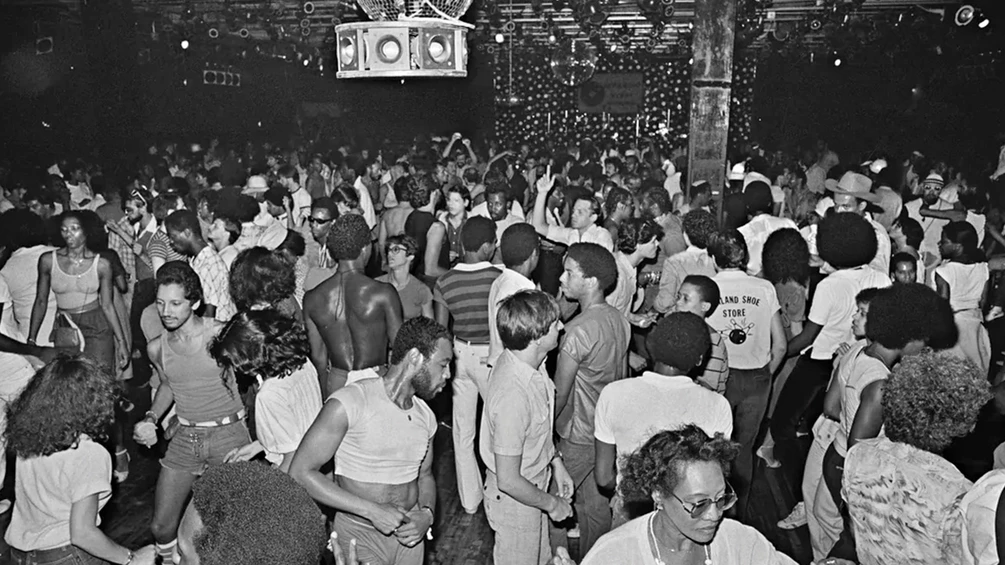
Emotive was about to become one of the great New York house labels of the early '90s — another influential yet underrated New York house community member, Hector Romero, served time there as well — but it wasn’t exactly glamorous. “The Emotive office was about 10 feet long and eight feet wide,” he says. “One wall was record storage, and there were two desks, and I had a table. When I first walked in, [the DJ and producer] Charles Dockins was licking the packages to mail out his record, ‘We Can Do It’. Basically, I ended up doing that job.”
Patterson is usually credited with doing A&R for Emotive, but to hear him tell it, he was officially working promotions and unofficially as the office gopher. Still, his musical tastes helped shape Emotive and its sub-labels — Goldtone, Playhouse and Thumpin! — and in the process, helped to lead the evolution of the New York house sound. As an example of how casual that process could be, he tells the quick tale of how the great David Morales remix of Michelle Ayers’ ‘Respect’, one of the label’s seminal tunes, came to fruition. “I just walked over to Def Mix and said, ‘David, you gotta remix this record!’ And, oh my God, that was so hot.” He runs down other scene-defining releases to come out in his time at the label.
“There was some Murk stuff, like their remix of Karen Pollard’s ‘You Can’t Touch Me (You Can’t Hurt Me)’. That was one of our favourite things that ever happened. There was ‘What Is House Musik?’ and ‘Plastic’ from DJ Pierre [as Phuture Scope]; Charles Dockins’ ‘We Can Do It (Wake Up)’; Charvoni’s ‘I’ll Be Right There’: we had a Roxy record [‘Chocolate & Peanut Butter’]. We had Davidson Ospina’s ‘Lifted’... there were so many. That’s good stuff, right?” Amazing stuff would be more like it.
Patterson parlayed the connections he’d made through Emotive into a career as a New York DJ. By 1993, just two years after arriving in NYC, he was spinning beyond the city limits; one of his earliest international dates was at no less than London’s Ministry Of Sound.
